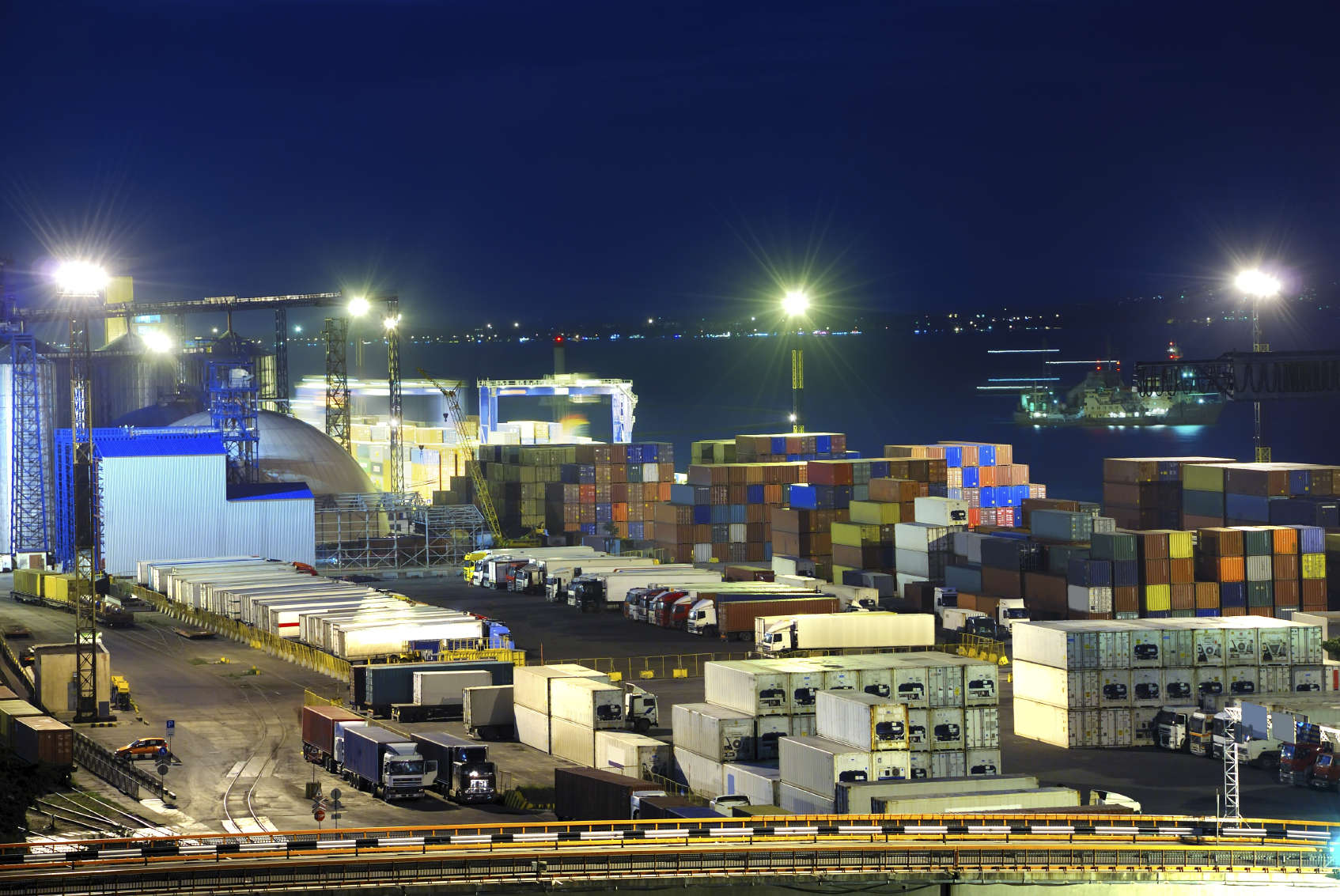The Union of South American Nations (UNASUR), also known as Unión de Naciones Suramericanas by the spanish, União das Nações Sul-Americanas by the Portuguese and Unie van Zuid-Amerikaanse Naties by the Dutch, is an intergovernmental union modeled as the European Union that was launched formally in May 2008. The main aim of forming the union was to enhance political, economical, social and cultural integration among the South American countries. It would also make to promote environmental and infrastructural development. The idea of South American integration is at the root of the history of South America, is the thought of San Martin and Bolivar among others, the creation of Patria Grande.
The treaty that led to the formation of the Union of South American Nations was signed in 2005 in a summit held in Brasilia by member states of the South American community of Nations (SACN). This treaty was signed by twelve nations, and it replaced the South American Community of Nations (SACN) on May 23, 2008. These nations were Argentina, Brazil, Bolivia, Colombia, Chile, Guyana, Ecuador, Paraguay, Peru, Uruguay, Venezuela and Suriname.
Panama and Mexico hold observer status in the union. The treaty established goals for integration on related matters and established a general secretariat in Quito, Ecuador and a parliament in Cochabamba, Bolivia. Some of the focus points of the UNASUR were the following: strengthening policy dialogue among Member States to guarantee a space for consultation to reinforce South American integration and participation of UNASUR in the international arena.
Other focus points are the social and human development with equality and inclusion to eradicate poverty and overcome inequality in the region; the eradication of illiteracy, universal access to quality education and regional recognition of studies and degrees;and the protection of biodiversity, water resources and ecosystems, as well as cooperation in disaster prevention and the fight against the causes and effects of climate change; coordination between the specialized agencies of the Member States, taking into account international standards, to strengthen the fight against terrorism, corruption, the world drug problem, human trafficking, trafficking in small arms and light, transnational organized crime and other threats as well as disarmament and non-proliferation of nuclear weapons of mass destruction.
The integration of South American countries allows an increasing number of cooperation initiatives in order to reduce regional disparities, to promote sustainable development with social inclusion and promoting the competitive insertion of states in the global economy. In the integration process, the development of national science, technology and innovation (ST & I) stands out as a strategic objective for joint action in the region. The Union of South American Nations currently promotes the participation of sectors C, T & I of each country in regional integration through the South American Council of Education, Culture, Science, Technology and Innovation and the Working Group C, T & I, part of COSECCTI.





